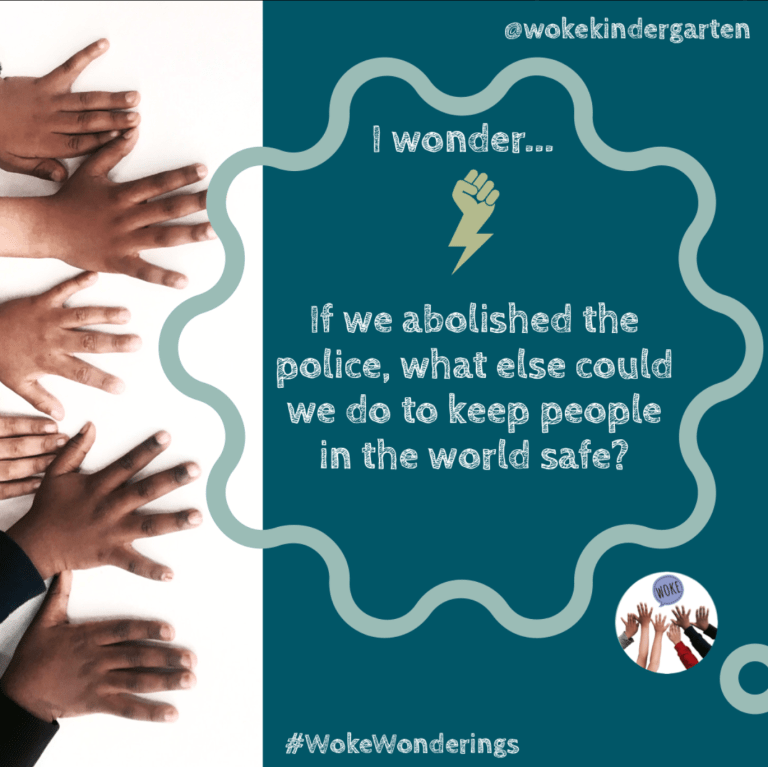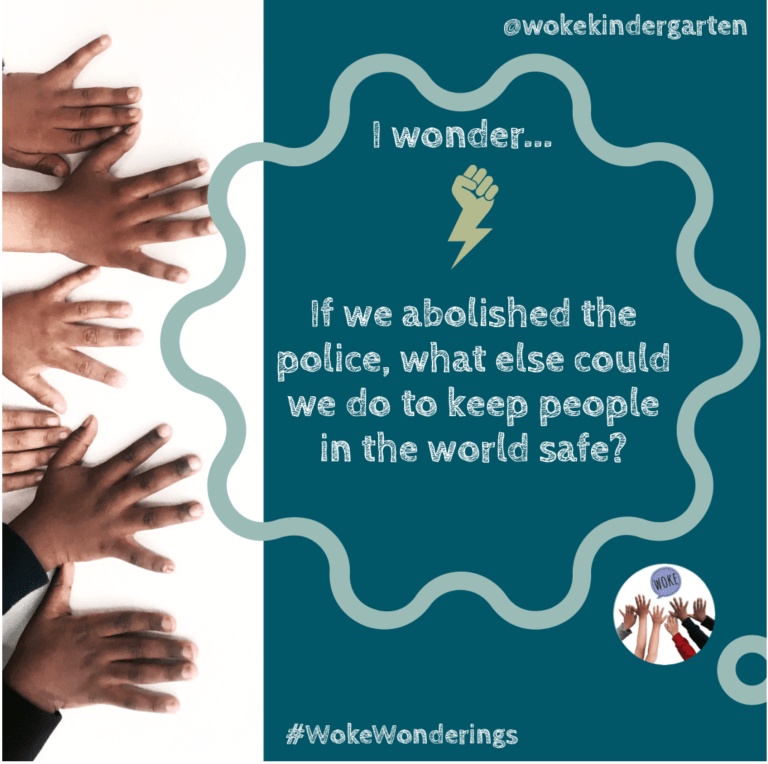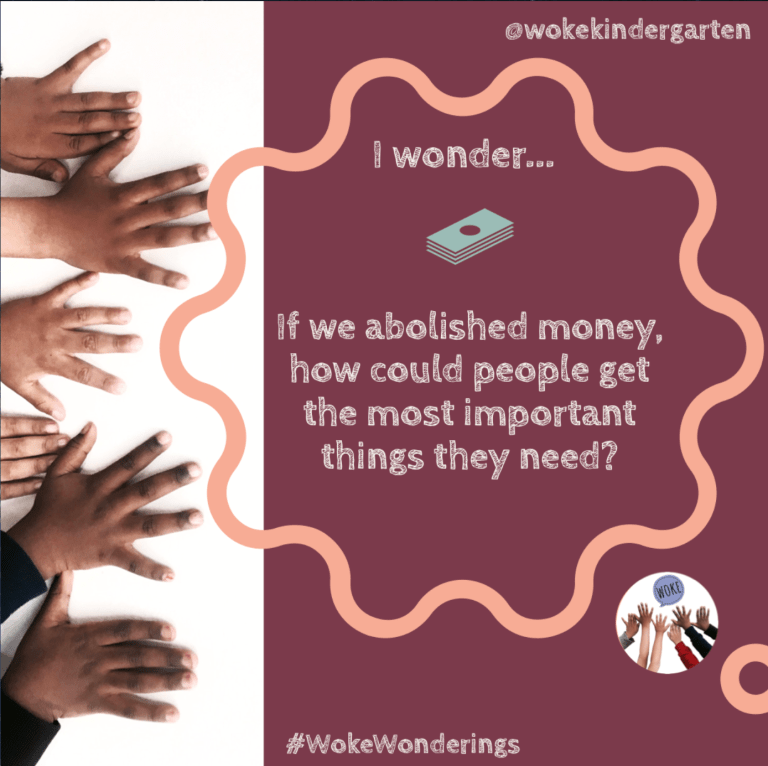It’s been hard times for my alma mater in the past year. Harvard’s President was excoriated and then removed, there were protests and illegal sit-ins over the war, a Supreme Court decision came down ruling that Harvard’s admissions policies were racist, and now Jewish students have brought a Title VI lawsuit brought against the school for creating a climate of antisemitism. But surely, I thought, the students are still good.
Well, yes, maybe “good:, but also woke. One of these is E. Matteo Diaz, an opinion writer for the student newspaper Harvard Crimson. Diaz has taken on the burden of correcting generations of scientists who have lied to us, saying that in humans, as in other animals, there are only two sexes. (Biologists define sex as binary, with males having small mobile gametes and females large immobile ones.)
It’s important to realize that some of the slant of the op-ed may come from the fact that Diaz is transgender, as he notes in the second paragraph, and so the article is likely written to buttress a gender ideology, one claiming that biologists promulgate a definitional binary of sexes because we’re a bunch of transphobes who want to erase transgender people or folks who identify as non-binary.
That is nonsense, of course, but once again I’ll show you not only how widespread is the false claim that sex isn’t binary in humans, but also that the reason for this lie is purely ideological. It is a prime example of how ideologues try to foist their nonsense onto nature, adopting what I call the “reverse appeal to nature”: sayint that what is considered good and moral in humans must also be what we see in nature.
On to the piece:

Diaz pulls no punches, but gives at the outset why he thinks biologists see sex as binary:
“There are only two sexes.”
At a moment when transgender people face unprecedented visibility and vulnerability, this claim pervades the discourse surrounding our identities. We hear it everywhere: in the media, in our legislatures, and, yes, at our very own university.
Even when it is not being used to categorically deny the existence of trans people, this claim is weaponized to qualify our validity. The argument goes as follows: “Trans people can ask to be called whatever they want, but they can’t change the fact that there are only two sexes.”
The idea that sex is binary is presented as an irrefutable fact of life, the most natural truth in the world. Anyone who dares question this “fact” is quickly discounted as a “radical, woke ideologue” or an agent of the “liberal DEI agenda.”
This line of thinking is dangerous and deeply alarming. The truth of the matter is that sex is not a simple binary. To claim otherwise is overly simplistic, flawed, and harmful.
No, biologists have defined sex this way for decades for a reason: it’s a universal in plants and animals, and, moreover, it helps us understand a great deal about their behavior and evolution. No other definition of sex is either so universally applicable or so useful. And no, we don’t hold that definition because we want to erase trans people or those who identify as non-binary. Neither of the latter two groups are somehow outside the purview of the sex binary, which, by the way, has only 0.018% of people as exceptions, not the “1.7%” mentioned by Matteo. (The higher figure was suggested by Anne Fausto-Sterling in a 2000 paper, and she later said her claims were wrong.)
After disposing of the sex binary as ideological, Diaz tells us why sex really is nonbinary:
Let us first clarify what the claim “sex is binary” actually means. This framework organizes the human sex into two distinct categories: male and female. These categories encompass a variety of biological characteristics. Males have a penis, testes, higher levels of testosterone, and XY chromosomes. Females have a vagina, ovaries, higher levels of estrogen, and XX chromosomes.
At least, that’s what they teach you in sex ed.
But this is not the full story. What about people who don’t fit neatly into one of these two categories? What about people with ambiguous genitalia, or those who have the genitalia typical of one sex but the chromosomes and anatomy typical of the other?
These are not abstract what-ifs. As many as one out of every fifteen hundred babies is born with ambiguous genitalia. Many more are born with another type of sex variation, though some are more subtle or late to manifest.
People whose sex falls outside of the binary are known as intersex, and experts estimate that they make up as much as 1.7 percent of the population.
Here Diaz conflates traits that are used as imperfect but pretty good diagnostics for biological sex in humans, but they’re not definitions of biological sex. This is the most common ploy to get around the sex binary. But of course the binary also holds in animals that don’t have chromosomal sex determination (turtles), have no external genitalia (corals), and in which sex is determined by haploidy/diploidy (bees) or environmental circumstances (fish). No matter which traits are used to diagnose sex in animals and plants, there are still only two sexes: one with sperm and the other with eggs. Diaz has yet to learn some biology. Instead, he says that sex is “socially constructed”! Either he’s referring to gender, or he’s simply wrong:
This is where the sex binary fails us. How can it be an undeniable, natural truth that there are only two sexes if we consistently observe a myriad of naturally-occurring variations in sex?
The answer? It isn’t. Saying there is only male and female is like saying there’s only blond and brunette — the sex binary is a social construct, not a biological fact.
. . . The sex binary is a human invention — one that is driven, at least in part, by political motives. As a society, we are deeply invested in this invention, having imbued the binary with immense power and influence. This raises several points of concern.
I won’t even bother to answer that ridiculous assertion. Readers who want to know why there’s really a biological binary of sex should watch this video by Colin Wright. I guess birds and fruit flies are also deeply invested in the sex binary, since when it comes to mating time, you don’t see a male bird copulating with another male, or a male elephant courting another male. Reproduction in plants and animals occurs ONLY when a male gamete unites with a female one. Pollen lands on and fertilizes eggs—did plants also invent the sex binary? What are their other social constructs?
After dismissing the scientific definition of sex—and implying that humans have an infinite number of sexes—Diaz once again says, without any evidence, that the sex binary is “harmful”. Yes, trans people may be derided by bigots because they don’t fit the “norm”, but those who deride them are doing so based on what they see as the norm, not how biologists define sex, which few laypeople know anyway:
The sex binary is a human invention — one that is driven, at least in part, by political motives. As a society, we are deeply invested in this invention, having imbued the binary with immense power and influence. This raises several points of concern
First, it is bad science. Treating the sex binary as an immutable fact ignores the ample evidence that calls it into question, producing biased research design and results.
Peer-reviewed research contradicts a strictly binary interpretation of sex [NOTE: no references given.]. We have yet to uncover a precise causal mechanism that definitively and consistently guarantees an individual’s sex. [NOTE: a “cause” is not important when delineating a binary. And, as we know, there are many causes that result in the sex binary.]Though many suggest that chromosomes are the determining factor, science supports that sex differentiation is a much more complex process.
Second, in failing to account for the wide range of human variation, it harms anyone who does not fit neatly within it — namely, intersex and transgender people.
The presumed verity of the binary is weaponized to force conformity upon those who are different. This is what allows conservative politicians to pass harmful laws that ban gender-affirming care for trans people (under the guise of protecting children) while maintaining carve-outs allowing damaging “corrective” surgeries on intersex babies.
When you want to redefine scientific facts to conform to your ideology, just say that those facts are weaponized against marginalized groups. And, in fact, there may be some misguided and bigoted politicians who try to pass laws trying to force people into conforming to gender stereotypes. But that’s a problem of morality, not of science. You might as well blame chemistry as being responsible for the gas chambers of Auschwitz.
Poor Harvard! The misguided Diaz even claims that he’s promulgating the truth:
We must never stop striving for truth — even when it is difficult, even when it requires us to challenge the status quo. This should not be any different when it comes to sex.
Or math! Remember in Nineteen Eighty-Four when Winston Smith was forced, under torture, to admit that 2 + 2 = 5 because it was in Big Brother’s interest to have Smith believe lies?
h/t: Michael



















